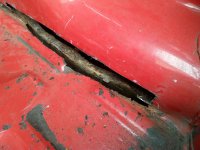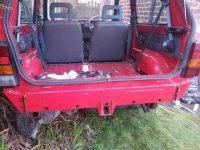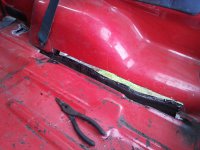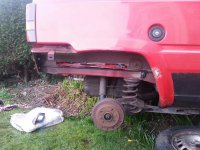Nope, they would hardly rust at all if they were.
They don't hardly rust in comparison to the mk1 which isn't galvanised.
They only rot in certain areas which attract damp normally tbh, and the doors go more often as they're not galvanised.
I'm sure I've seen confirmation in print also that the shells are galvanised on the mk2.





